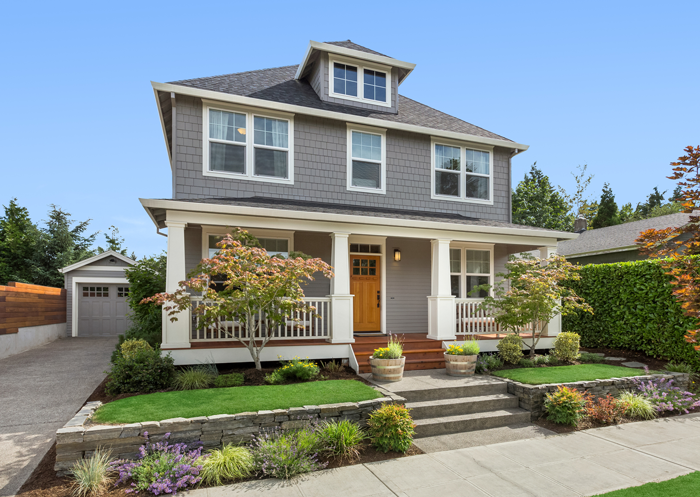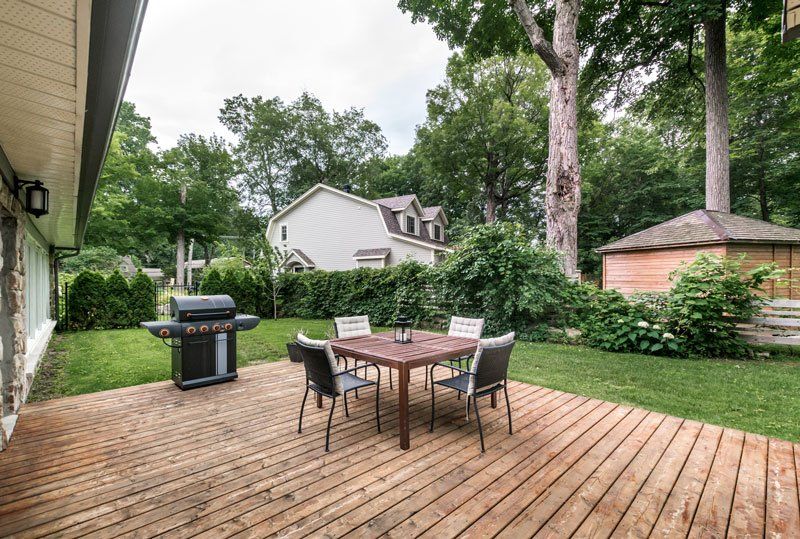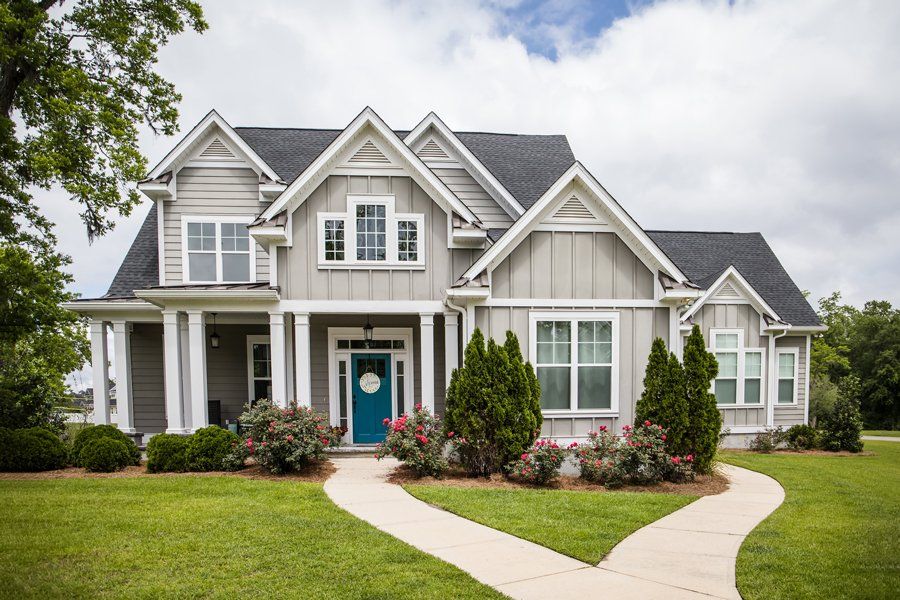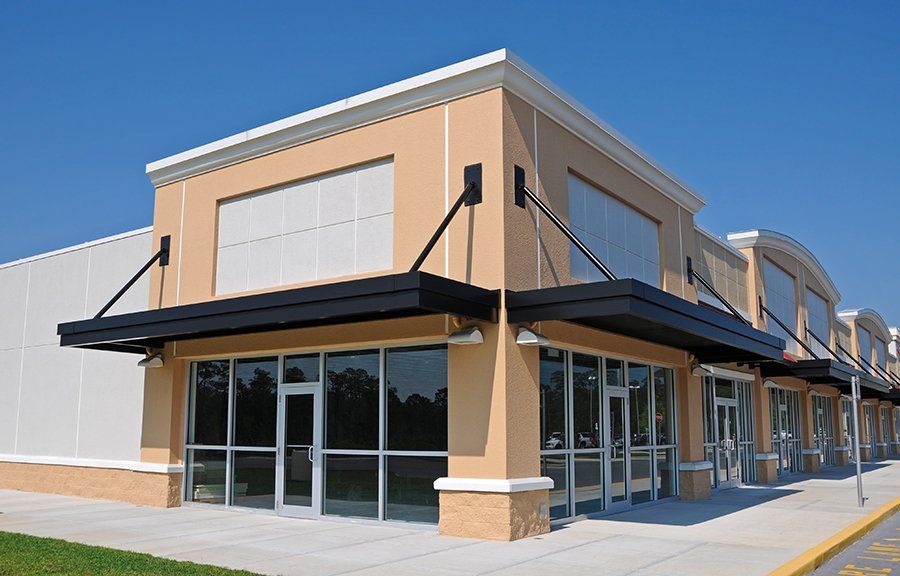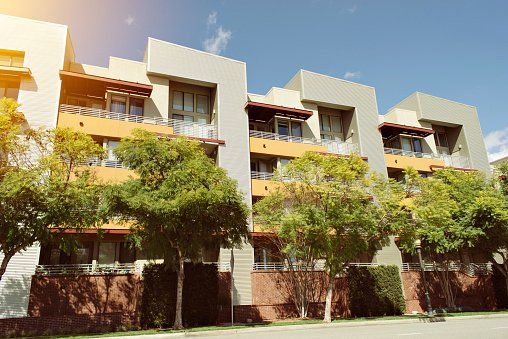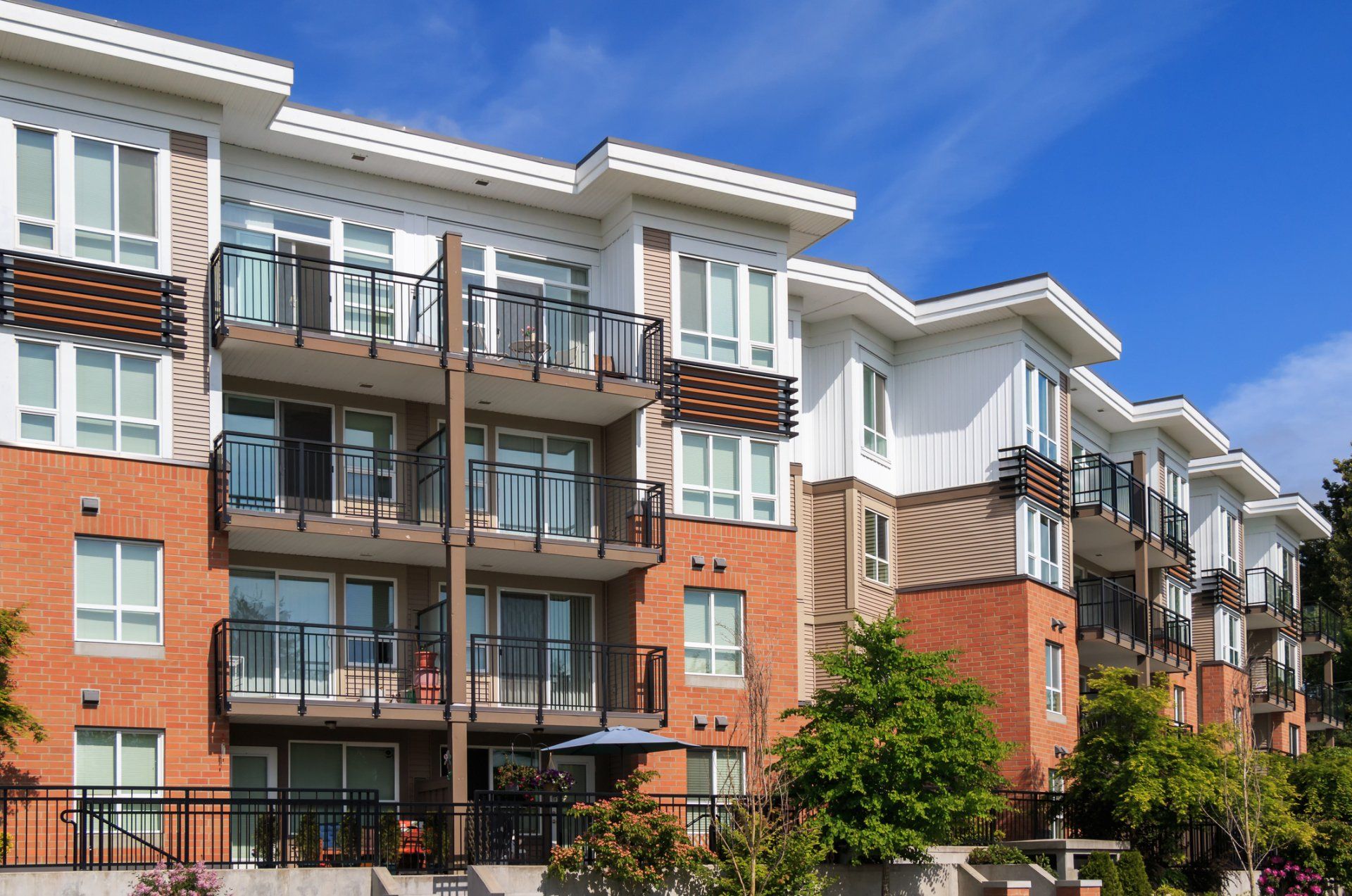
Questions to Ask Before Buying a Multi-Generational Home
- By Admin
- •
- 07 May, 2019
- •
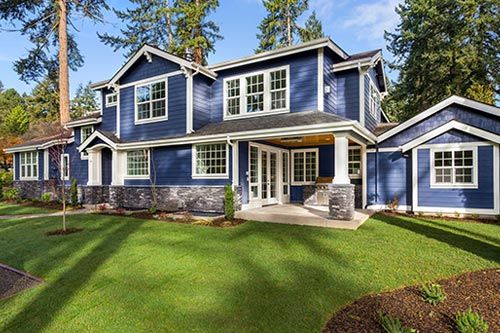
In 2018, 20 percent of homebuyers ages 53 to 62 were likely to buy a multigenerational home. If you're heading toward retirement but still have young adult children or aging parents who live with you, take a look at what you need to ask before buying multi-generational housing.
How Many Bedrooms Will You Need?
This may seem like a straightforward question with one answer - you need as many rooms as there are people. But the true answer is much more complex. Don't let this complexity challenge you. With a few simple strategies, you can come up with a realistic answer that meets your needs.
When you calculate room number, consider:
- The total number of couples. You don't need one room for each person if you are married, your adult child is married, or you live with your married parents. If you have six people who are divided into three couples, it's likely you'll only need three bedrooms.
- Whether children will or won't share a room. Some families are fine with multiple siblings living in one room. Others aren't. If you have children under 18, or if your adult child has their own children, decide on who (if anyone) will share a room.
- If anyone will have a baby or adopt a child soon. An adult child who is starting their family may only need one bedroom for themselves and their spouse right now. But a year from now they may need another room for a new addition to the family.
- The total number of guests. Do you entertain often? If you have out-of-town guests, family members who visit, or your child or grandchildren have friends stay over, add on an additional room (or rooms) as guest bedrooms.
Some families like having an extra guest room, even if they don't regularly host overnight visitors. If you prefer this option, you'll need one additional bedroom.
How Many Additional Rooms Will You Need?
There's also no easy answer to this question. From family room spaces to bathrooms, the number of rooms you need depends on several factors. These often include:
- Your preference. Some families (whether they live in a multi-generational home or not) prefer minimalist spaces while others enjoy a roomy home.
- The use-need for each room. Using one room for different purposes can cause conflict between the generations. If your grandchildren regularly play loud video games, having a separate TV room and living room makes sense.
- Each family member's schedule. If you, your adult children, and their kids all need to shower before work or school, having multiple bathrooms is necessary.
If you have budget concerns, investigate ways to combine rooms - minimizing the size of home you need. This may mean looking for a home with an eat-in kitchen to eliminate a formal dining space or opting out of a separate family room and living room floor plan.
How Many Levels Will You Need?
Their advantages and disadvantages of different home setups. Whether you want a ranch or multi-level style of house may depend on:
- The ages of your family members. Aging adults are more prone to falls, making stairs a challenge. If you don't feel comfortable with a multi-level house or your aging parents can't use the stairs, you'll need a single-level or ranch-style home.
- The physical condition of your family members. Anyone, regardless of their age, who can't easily walk up and down stairs may require a single-level setup.
- The amount of privacy needed. A multi-level home offers additional space options that may make finding private spaces easier.
Along with planning for the immediate future, think about what's to come. An aging parent who can navigate stairways right now may have very different needs in a year or two. If you suspect this is the case, investigate a single-level option or a home with a downstairs bedroom/bathroom combo.
Do you need help finding a multi-generational home? Contact Heritage Realty & Insurance for more information.




